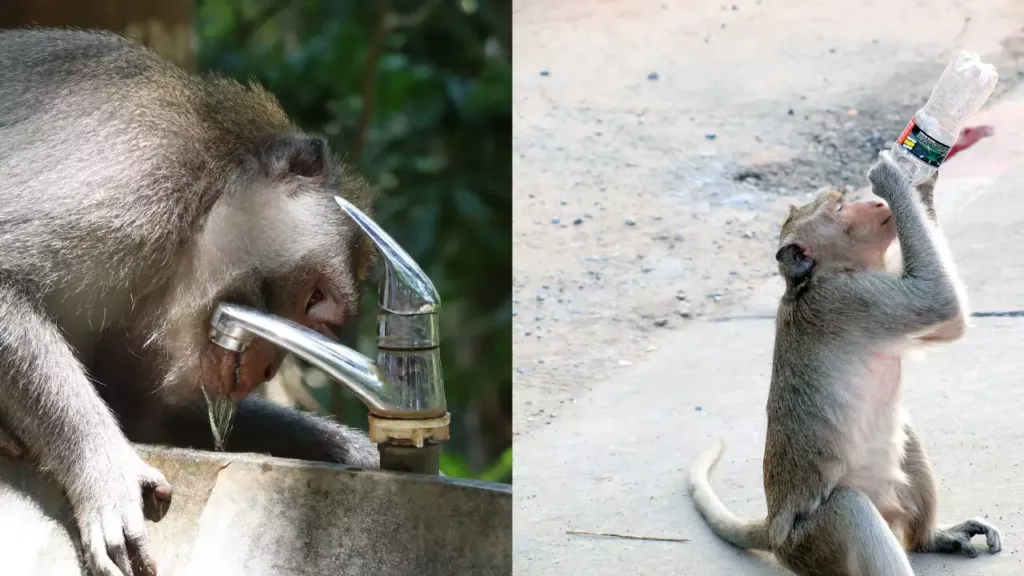Bengaluru Water Crises -2024
Bengaluru Water Crises
Once known as a seniors’ paradise due to its temperate climate and verdant surroundings, the southern city is now better known as India’s info-tech centre, home to opulent headquarters for hundreds of start-ups and companies like Infosys and Wipro
Now a days Bengaluru Water Crises is an ongoing struggle that requires concerted efforts from various stakeholders to address the underlying issues and ensure water security for the city’s residents.
However, the city today looks to be overflowing due to years of fast, frequently uncontrolled growth.
According to civic activist Srinivas Alavilli, “it is commonly stated that traffic is Bengaluru’s biggest problem, but in reality, water is the bigger issue.”
The Cauvery river provides more than 70% of the two billion litres of water required daily for Bengaluru’s 15 million residents. The river has been the focal point of a water-sharing dispute between Karnataka state, whose capital city is Bengaluru, and adjoining Tamil Nadu state for more than a century.
Tankers, which provide a lifeline for those living in the city’s periphery, deliver the remaining 600 million litres of water that are drawn from the earth via borewell extraction.
In response, authorities have declared plans to control everything from tanker pricing to fines for those who use potable water for car washes and gardening. The directive has been challenged by some conservation specialists, who question how officials plan to “police every household”.
Follow Our Digiknowledge.co.in Page for Latest update about Bikes, Cars, Sports, , Life style and many more.
India’s garden city dried up
Bangalore, another name for Bengaluru, was long known for its extensive system of artificial lakes that supplied water to the city’s citizens. It gained the nickname “India’s garden city” due to the quantity of greenery and surrounding forests, as well as its mild climate and height of 900 metres (nearly 3,000 feet).
However, since the early 1990s, Bengaluru has experienced exponential expansion and fast urbanisation as a result of its transition into a major tech hub. The city of around 4 million people grew to house more than three times that number when developers cleared the forests and built around its lakes.
Now, 83% of Bangalore is covered in concrete.” “There’s no greenery in sight. It is not possible for groundwater to recharge further to reach the underlying strata. This is a significant issue.

Bengaluru’s primary water source, the Cauvery River, provides about 70% of the city’s water. The river traverses the southern state of Karnataka.
What are causes of water crisis in bangalore?
The complex problem of Bengaluru’s water shortage is made worse by a number of causes, including:
Urbanisation: The groundwater levels in Bengaluru have been drained due to the city’s quick growth of built-up areas. Water supplies become scarce as more area is turned into concrete jungles, reducing the aquifers’ natural replenishment.
Absence of Rain: Bengaluru has been suffering from a notable drop in precipitation, which has resulted in conditions akin to a drought. The issue worsens as a result of insufficient precipitation further taxing the already scarce water supply.
In the past, Bengaluru was well-known for its large number of lakes, which were essential for groundwater recharge and water storage. However, these lakes are now being overrun. Nevertheless, numerous water bodies have been overrun by various development endeavours, diminishing their potential and upset the local water ecosystem.
Insufficient Sewage Treatment: Bengaluru’s poor sewage treatment infrastructure contaminates waterways, rendering them unfit for human use. Despite the existence of sewage treatment plants, pollution and water resource waste result from these facilities’ frequently insufficient capacity and efficiency to manage the volume of wastewater generated by the city.
The issue of water scarcity in Bengaluru is made worse by the combination of the climate catastrophe and widespread deforestation. Decreased greenery influences rainfall patterns and quickens soil erosion, making it harder for the city to hold onto water and making the situation worse.
Additional elements consist of:
Groundwater resource depletion
Inability to access the water supply connection owned by the Bangalore Water Supply and Sewerage Board (BWSSB)
Water management system inefficiencies.
How can we solve the water problem in Bangalore?
The following are some solutions for Bangalore’s water issue:
Conserving water: Less water should be used on lawns; turn off the water when not in use; conserve shower water; and shut off the tap while brushing your teeth.
Reusing water: Reuse greywater to water plants and clean cars, as well as water from partially empty drinking bottles.
Hard water can be converted to soft water by using a RO system or a whole-home water softener.
Desalinate vegetation: Employ desal plants that use less energy.
Harvesting rainwater: Collect rainfall
Awareness and education: Teach them how to conserve water.
Apply water pricing
Community collaborations and governance: Cooperate with locals to find solutions for water issues.
Why Bengaluru facing water crisis?
The growing urbanisation and low rainfall in Bengaluru have resulted in a water issue.
Is water crisis a big issue in India?
Yes, hundreds of millions of people in India are impacted by the country’s ongoing water problem. India, which has 18% of the world’s population but only 4% of its water resources, is among the most water-stressed nations in the world. The issue is complicated and has several causes, such as:
Metropolitanization that is happening quickly
The Industrial Revolution
Agricultural methods that are not sustainable
Alterations in climate
excessive and wasteful water consumption across a range of industries, including families, businesses, and agriculture
Which are the cities facing water scarcity in India?
Thirty Indian cities—including Jaipur, Indore, Thane, and Vadodara—will be at “severe water risk” by 2050, according to the World Wildlife Fund (WWF). By 2050, the following cities will be at risk of flooding: Pune, Dhanbad, Bhopal, Ahmedabad, Jabalpur, Mumbai, Jalandhar, Kolkata, and Srinaga.




